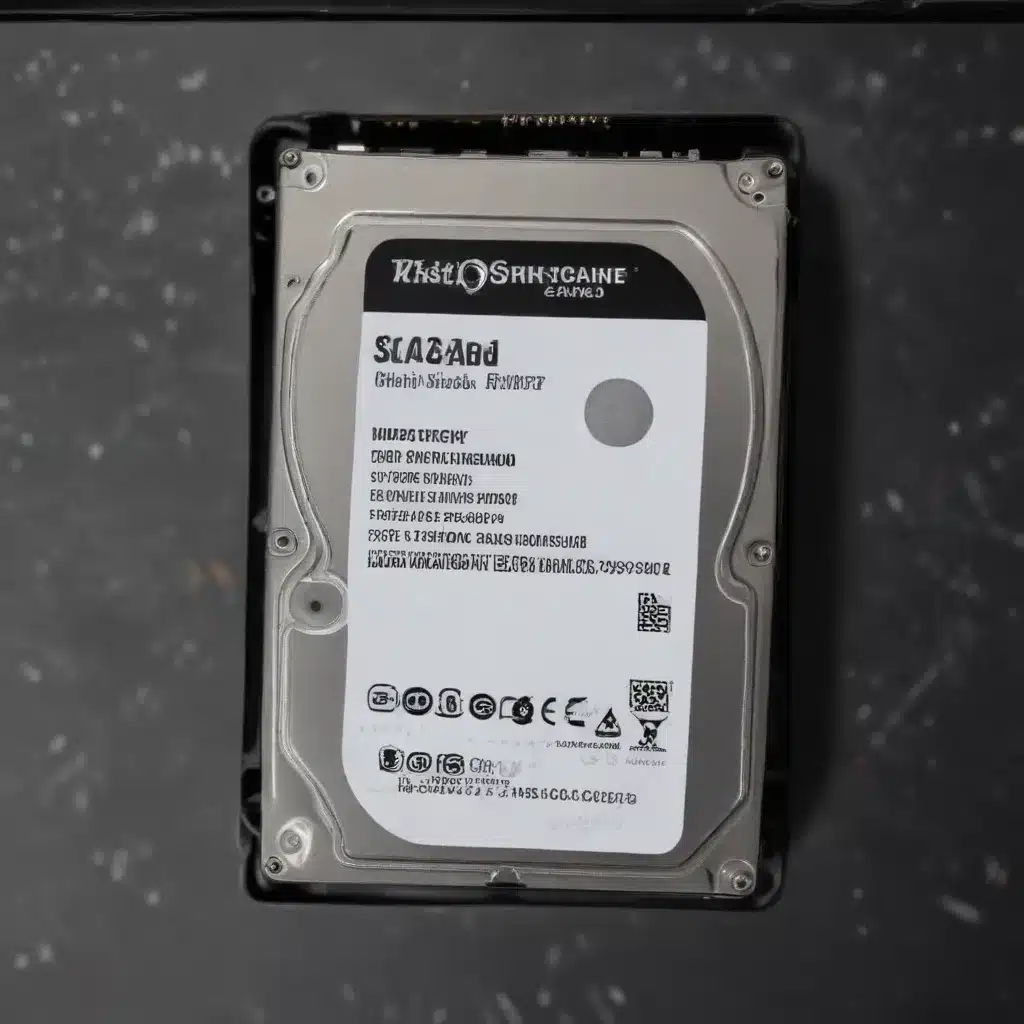
As an experienced IT technician, I’ve seen firsthand how a sluggish computer can hamper productivity and cause endless frustration. Over the years, I’ve helped countless clients optimize their systems and unlock the true potential of their hardware. In this comprehensive guide, we’ll explore a powerful technique – SSD caching – that can significantly boost your computer’s speed and responsiveness, without the need for a complete hardware overhaul.
Computer Hardware
To understand the benefits of SSD caching, it’s important to have a basic grasp of the key components that contribute to a computer’s overall performance. Let’s take a closer look at the three main hardware elements: the Central Processing Unit (CPU), Random Access Memory (RAM), and storage devices.
Central Processing Unit (CPU)
The CPU is the brain of your computer, responsible for executing instructions and performing calculations. A faster CPU will generally result in quicker program launches, smoother multitasking, and improved overall system responsiveness.
Random Access Memory (RAM)
RAM is the short-term memory your computer uses to store and access data quickly. Having sufficient RAM can make a noticeable difference in your computer’s ability to handle multiple applications and large files simultaneously, reducing wait times and improving system fluidity.
Storage Devices
The type of storage device used in your computer can have a significant impact on its speed and performance. Traditional hard disk drives (HDDs) rely on mechanical components, which can result in slower data access and transfer speeds compared to their solid-state drive (SSD) counterparts.
Solid-State Drives (SSDs)
SSD Basics
SSDs are a game-changing storage technology that have revolutionized the way computers handle data. Unlike HDDs, which use spinning platters and mechanical components, SSDs rely on flash memory chips to store and retrieve information. This fundamental difference allows SSDs to offer significantly faster read and write speeds, leading to quicker boot times, snappier application launches, and a more responsive overall user experience.
SSD Performance
The performance advantages of SSDs are well-documented. They typically boast access times and data transfer rates that are orders of magnitude faster than traditional HDDs. This superior speed can be attributed to the lack of moving parts, the use of parallel data access, and the inherent efficiency of flash memory technology.
SSD Caching
While upgrading to a full SSD setup is an excellent way to improve your computer’s speed, not everyone may have the budget or storage capacity requirements to make the switch. This is where SSD caching comes into play.
SSD caching is a technique that leverages a small, high-speed SSD to act as a cache for your computer’s primary storage device, typically an HDD. By intelligently storing frequently accessed files and data on the SSD, the system can quickly retrieve and load this information, resulting in a noticeable boost in overall speed and responsiveness.
System Optimization
Before we dive into the specifics of SSD caching, it’s important to ensure that your computer is properly configured and optimized for maximum performance. Let’s explore a few key areas to focus on:
System Configuration
Ensure that your computer’s BIOS or UEFI settings are configured correctly, with features like AHCI mode enabled for optimal SSD performance. Additionally, make sure you have the latest drivers installed for your storage controllers, chipsets, and other key components.
Task Scheduling
Analyze your startup programs and background processes to identify and disable any unnecessary applications that may be consuming system resources and slowing down your computer. The Task Manager or System Configuration tool can be invaluable in this process.
Resource Monitoring
Regularly monitor your computer’s resource utilization, paying close attention to CPU, memory, and disk usage. This will help you identify any potential bottlenecks or resource-intensive tasks that may be impacting your system’s speed and responsiveness.
Computer Speed and Responsiveness
Measuring System Performance
To truly understand the impact of SSD caching, it’s essential to establish a baseline for your computer’s current performance. Consider running benchmarking tools or carefully tracking your system’s boot times, application launch speeds, and overall responsiveness before and after implementing the SSD cache.
Identifying Performance Bottlenecks
Analyze the results of your performance measurements to identify the primary areas where your computer is struggling. Is it slow boot times, sluggish file transfers, or laggy application launches? Understanding the specific bottlenecks will help you target your optimization efforts more effectively.
Techniques for Improving Speed
Once you’ve identified the areas in need of improvement, it’s time to implement SSD caching. This process typically involves the use of Intel’s Rapid Storage Technology (RST) or similar software solutions, which allow you to designate a portion of your SSD as a cache for your primary HDD.
By caching frequently accessed data on the high-speed SSD, your computer can quickly retrieve and load this information, resulting in a significant boost in overall speed and responsiveness. This is particularly beneficial for tasks such as booting your operating system, launching applications, and loading large files.
Additionally, you may want to consider optimizing your system further by:
- Regularly defragmenting your HDD: This helps reorganize and optimize the data on your traditional hard drive, improving read and write speeds.
- Clearing browser caches and removing unused software: Decluttering your system can free up valuable resources and enhance performance.
- Ensuring adequate RAM: Having sufficient RAM can help your computer handle multiple tasks and large files more efficiently.
By combining these techniques with the power of SSD caching, you’ll be well on your way to unlocking the full potential of your computer and enjoying a lightning-fast, responsive user experience.
Remember, the team at IT Fix is always here to help if you have any questions or need further assistance in optimizing your system. We’re dedicated to providing expert-level support and ensuring your computer runs at its absolute best.












